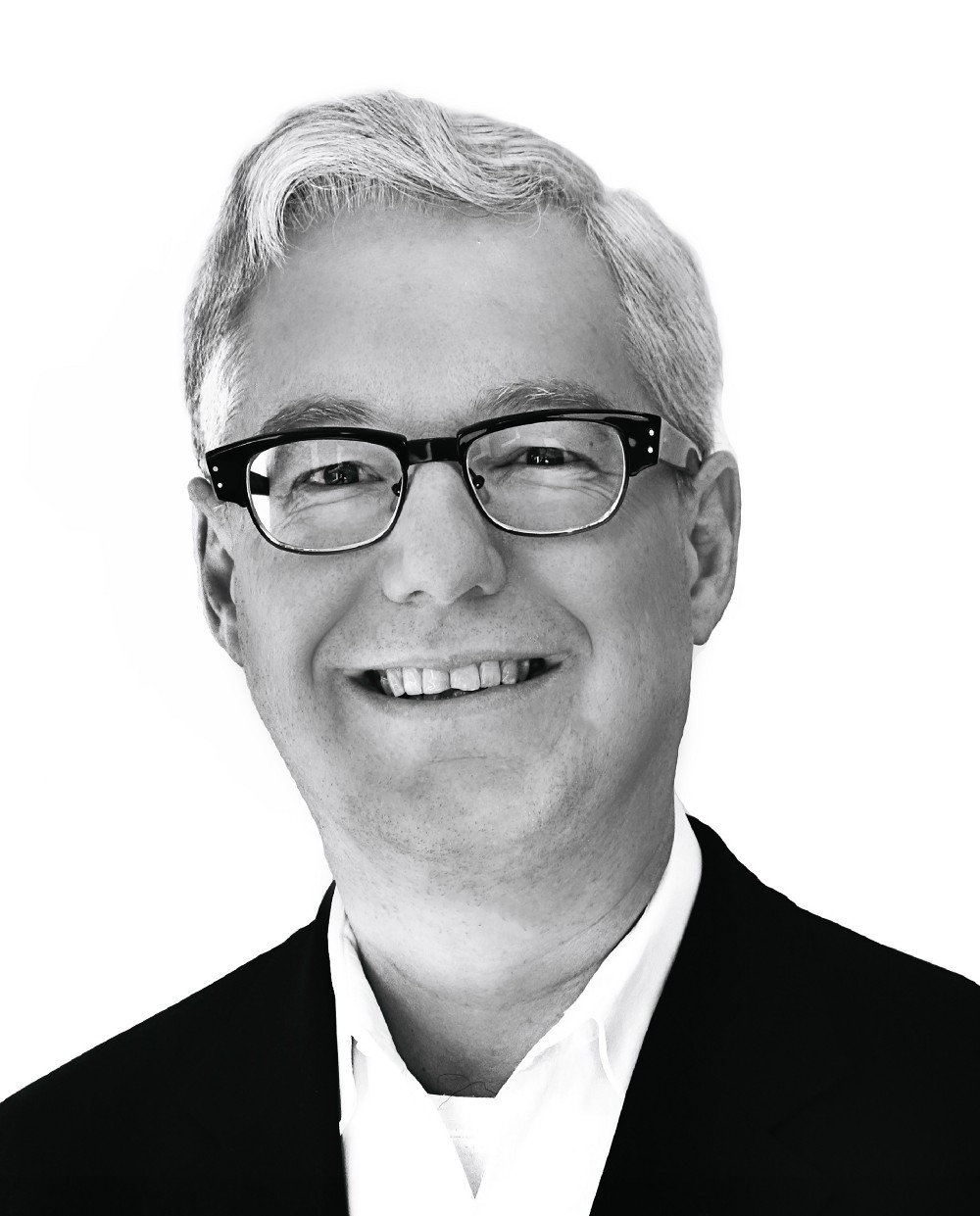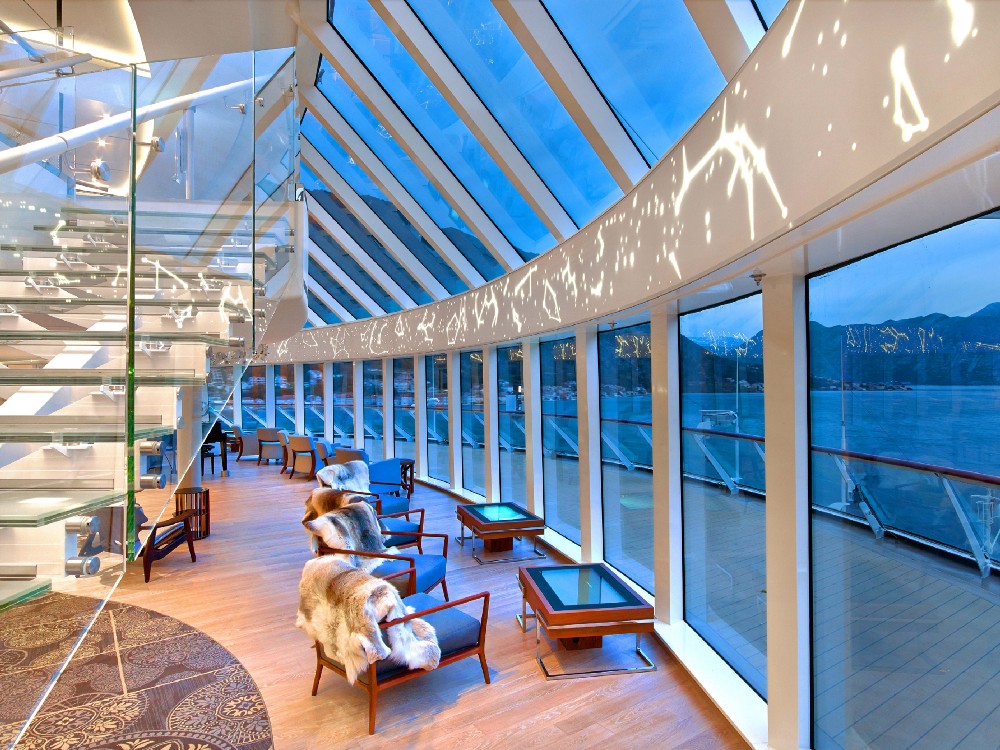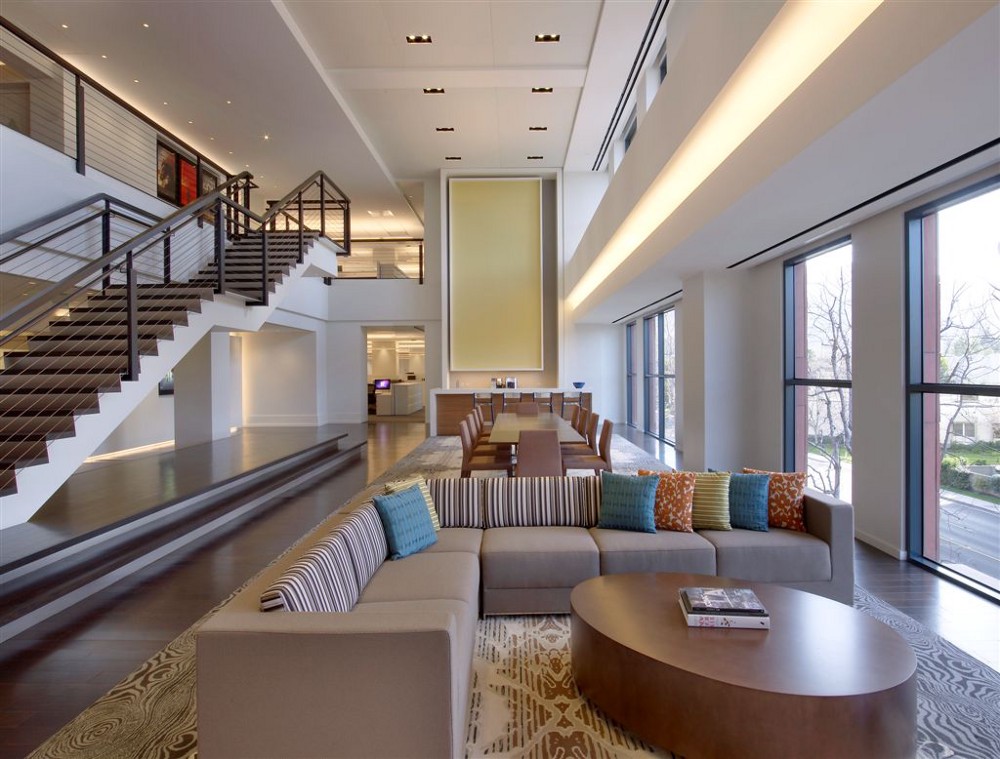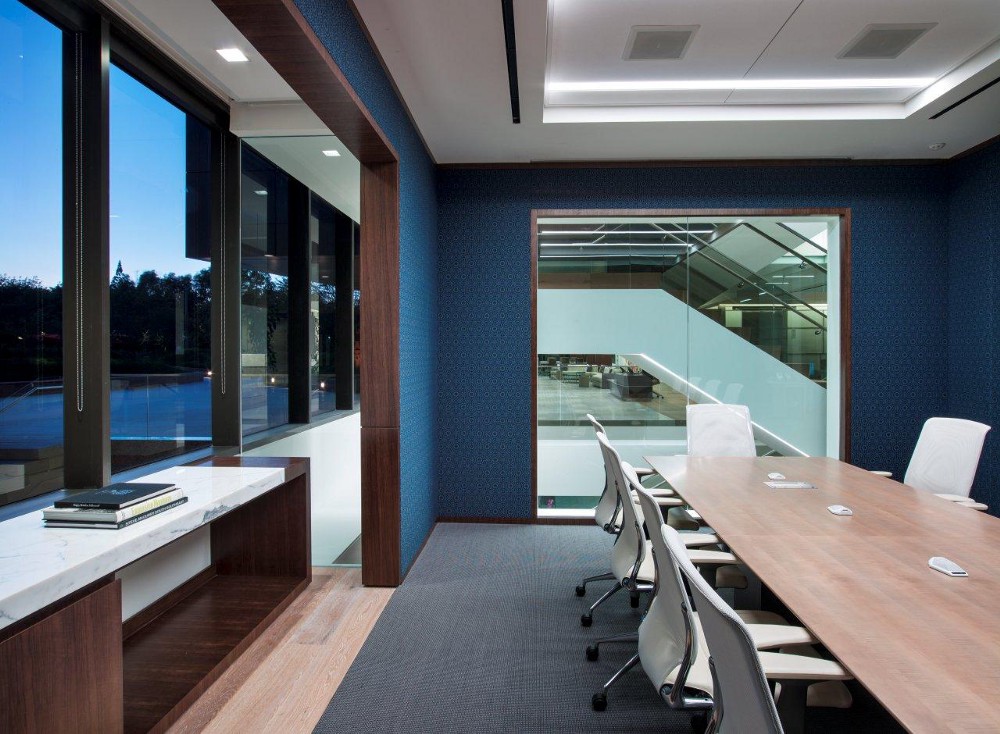Design Manifestos: Richard Riveire of Rottet Studio

Richard Riveire is a design professional with more than 30 years of experience shaping modern hospitality and corporate interior environments. With long-time partner Lauren Rottet, he has built one of the most respected interior architecture firms in the world. As Principal, Richard leads the West Coast and Asia practices of Rottet Studio. He approaches projects with a deep understanding of the process of creating workplace and hospitality environments that visually reflect the culture and brand of the client. He has been responsible for a number of high profile projects including the headquarters for United Talent Agency and two new Presidential Bungalows at the iconic Beverly Hills Hotel. Modelo spent some time talking with Richard and learning about his role at Rottet Studio and about his predictions for the future of the industry.

On becoming an architect and design professional
My father was in construction so I was exposed to building at a very young age. Seeing the contractor’s profession up close as a child I was always intrigued by the creation of new spaces. As I got older that fascination got deeper as I also began to see how design allowed for the expression of creativity through your work. Amusement parks were one of my early obsessions; immersing myself in an entire world, created entirely through design, was endlessly interesting.

On discovering his voice as an architectural designer
I think a lot of finding my own voice early on came from studying some of my favorites from early 20th century architectural history: certainly the complete approach to design that came out of the Beaux Arts: Pierre Chareau and his integration of art and craft with the new industrial capabilities all the way through to Andrée Putman who refined that concept to it’s ultimate expression. Travel and exposure to the world has been a huge personal influence on my work. Looking at how architecture is made and spaces evolve in widely separated parts of the world is fascinating, so much is the same while expressions are infinitely varied. Especially interesting is the treatment of materials, I love the honest approach to woodworking in Southeast Asia as an example and the use of stone throughout India.
On joining Rottet Studio
Lauren and I have worked together since college. I owe a lot of where my career has developed to Lauren and her clean and beautiful vision of the world. She is an aspirational mentor, setting ideals and philosophy without restrictions of style; that is an amazing achievement. Into my third decade of work, I like to think that I have matured in execution, but kept my late modernist roots.
On specific principles he strives to adhere to
We tend to want to understand the very heart of the problem and start the design from there. This is extraordinarily difficult, often clients can’t express who they are architecturally they don’t have the language. Or, they don’t see architecture’s ability to affect their business goals. You have to listen carefully to what they are NOT saying and find the real problem. From a stylistic point of view, I am a firm believer in clean and clear simple solutions to the problem. Nothing dooms a design more than arbitrary, unrelated elements. This starts with planning, almost always, highly reductive, simple and organized planning is going to ultimately lead to the strongest design. Ditto for wall treatments, furnishings, etc. But at the end of the day, I always leave room for the surprise element, the unexpected. I like humor in architecture, we tend to take ourselves very seriously.
On his role at Rottet Studio
I focus on leading the design and marketing efforts for the Los Angeles office of Rottet Studio. What that really means is guiding and mentoring a large staff. We are fortunate to have a staff that has been with us for a long time and it is very gratifying to see them grow and mature in their individual talents. I hope that I am able to help them see where they can go.

On recent projects that represent the firm’s unique approach
Some of the recent projects that stand out for me are the offices for United Talent Agency in Beverly Hills, the renovation of the Team Disney Building at The Walt Disney Studios lot in Burbank and the design of the interiors for the new ocean cruise ships for Viking Cruises. These are three very different projects yet reflect things that we have been thinking about: all rely on seemingly simple solutions and “modern” design, but for wildly different audiences.
UTA is one of the largest talent agencies in world and the Team Disney building is the headquarters for The Walt Disney Company. UTA is a new build project in an older building in Beverly Hills, while the Team Disney building is a (substantial) renovation of the Michael Graves designed building on the lot in Burbank. UTA required a space that reflected all of the power and prestige of a firm that negotiates as a fundamental part of their work, while the Disney space was designed specifically as offices for their live action film group and worldwide marketing teams. In short, true corporate space versus creative office space. Communication and openness is the key to both. UTA needed to build a common culture in a rapidly expanding firm. Agents needed to see and talk to each other and to understand and be a part of the common ethos of the firm. The planning of the firm emphasized clear “salons” (to bring down the large scale of the space), but every space connected to common galleries and a large interconnecting stair. The Disney space was classic, neo-classical/post-modern Michael Graves space: a sequence of rooms and vestibules throughout, and a lot of closed offices with workstations crammed in the interior. Our solution there was to open the space up completely to a modern interior, but to retain “fragments” of Graves detailing a la a modern loft apartment in a pre-war building in Manhattan. The openness and clarity in both cases made the spaces seem larger as everyone has access to natural light, and the detailing and choices of materials created the image appropriate to each.
Image was incredibly important to UTA in particular. Talent Agencies in the “new” Hollywood not only represent actors, directors, writers, etc., but also play a large role in pulling together the right scripts, casts and directors into a project that can get financing. Very corporate, very high end and all about projecting power. On the other hand, it is also an entertainment business where creativity is prized. We took cues from our hospitality practice to also make it “talent friendly” — furnishings and rugs are almost residential in character while the architecture is fairly pure and minimal. Layered over everything was their spectacular art collection, providing an ambience that is comfortable to a wide variety of audiences.
Viking Cruises is the client that many architects dream about: A new and rapidly expanding organization looking for an appropriate image. We have worked on several projects, starting with their “Longships,” river cruise ships that sail waterways throughout Europe. These ships allowed us time to start thinking about Viking’s fundamental visual character. The ocean ships project is a full realization of that work. A clean slate to begin with, no new ocean cruise lines have been developed in the last 25 years and the existing firms all have established identities, For Viking to be successful, they needed to provide not only a product that appeals in terms itineraries, service, food, etc. but a new “look” as well. Something that distinguished them from the “old way of cruising.”
From a design standpoint, this is not a typical hotel project; these ships will travel throughout the world, there is no “place” to take visual cues. The views out your window may be Venice, Italy one day and the hill towns of Montenegro the next. The interior design had to have its own character both strong enough to represent Viking as a new player and yet respectful of some of the most iconic places on Earth. We took cues from the Norwegian ownership of the line and looked to modern Scandinavia, the original homelands of the Vikings for culture and attitude. While strictly speaking not “Scandinavian Modern,” the design and image reflect the modernist sensibilities of Scandinavia coupled with the warmth and craft of early Norway. As with the previous projects, the fundamental approach of simple design, clear planning and careful execution of a tailored image are key.
It has proven to be a wildly successful concept. The press has been enthusiastic with major awards and bookings are relatively sold out for the first several years of operation. The line has launched three new cruise ships, under construction with a fourth and has committed to as many as four more.
On his design toolkit
I really like to use SketchUp. It is a quick and easy way to design in 3D. Fundamentally, we have an architectural approach to design, thinking carefully about the sequencing and proportions of spaces, not just decorating walls, and a modeling program is a great too for that. I also still like to draw by hand, I think that tracing through the design on a sheet of paper, drawing over and over a plan or elevation gives you time to think through what you are doing and why you are doing it.
On the state of design software today
I’m excited that more and more applications are coming available on the iPad. Working on mobile devices is something I’m sure we’ll all be doing a lot more of in the years to come. The ability to sketch and communicate that image immediately from a plane or the fjords of Norway is exciting. What I would like to see is a greater ability to collaborate over a design. How can we make it convenient and practical for several people to digitally model a space all at the same time?

On the future of architecture in the next 5–10 years
There has been a growing trend towards true Modernism and away from sentimentality and historicism which is really exciting for me.
Firms will have to become more multi-disciplinary and multi-project oriented. Design is design and specializing in one particular area over another seems to be going by the wayside. We have deliberately focused on corporate work, hospitality work and residential work; three areas of practice that have traditionally come from firms dedicated to a single area. As well, we have ventured into marine work and gaming, both also fairly singular in their markets. This gives us a stronger position as a business, but strengthens your design skills as well. We are never bored!
On the future of the firm in 5–10 years
I feel that Rottet Studio has been embracing these changes looking for connections between previously disconnected practices and finding new and inspiring intersections to explore.
On advice he would give himself
Look at more stuff faster. Travel more. See the world and look at things that are not your core interest, you can learn a lot about architecture looking at the old spice markets in Bangkok.
